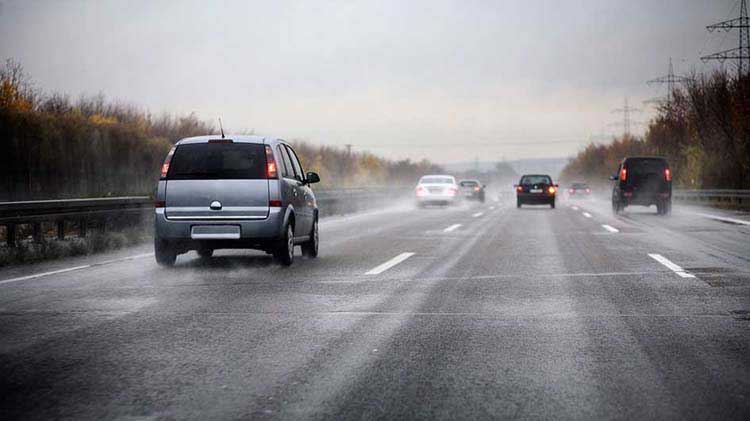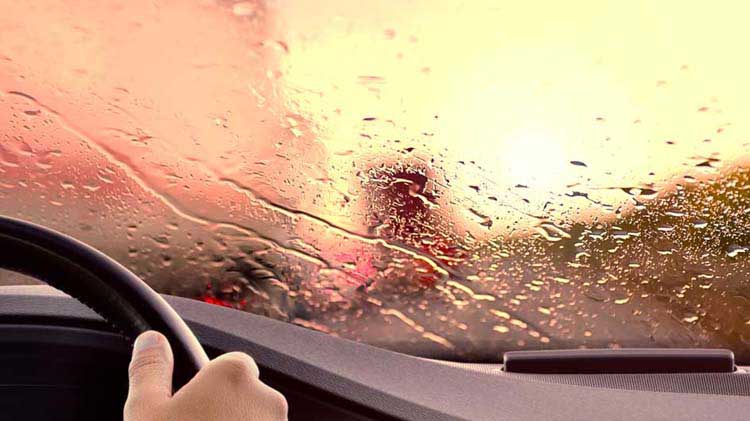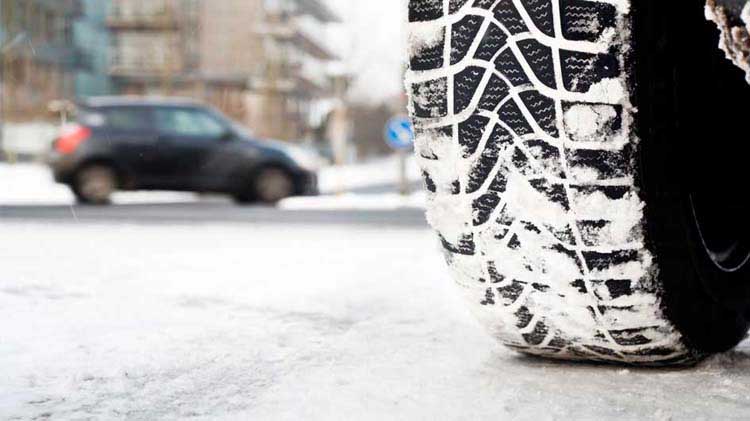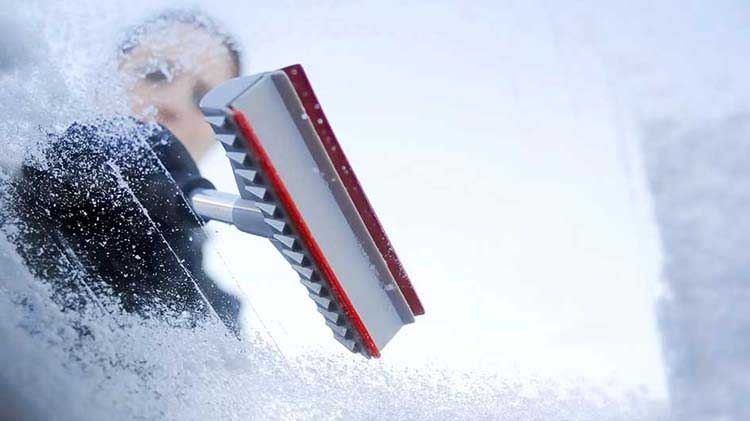What is black ice? Watch for this winter road hazard
Black ice can be hard to spot on a wintry road. State Farm® offers these tips for black ice safety.
Thousands of injuries and fatalities occur every year from accidents on snowy or icy roads, according to the Federal Highway Administration. Many drivers are unaware of a common culprit in many of these crashes — black ice. So, what is black ice? It is a transparent glaze that forms without bubbles, allowing it to easily blend into the surface of the roads.
Black ice is most likely to form when there is a sudden temperature drop, such as in the early morning and evening hours. Common problem areas include bridges, overpasses and shaded areas of the road. These areas have much colder surfaces that rapidly freeze when air moisture makes contact — especially if they're near lakes or rivers.
How to spot black ice
When weather conditions are present, be on high alert. Black ice looks similar to wet blacktop. Other indicators include:
- Absence of water spray on a seemingly wet road
- Cars suddenly swerving or skidding
- Brake lights ahead
- Cars or tire tracks in the ditch
- A combination of shiny and dull surfaces on the road
Ways to react when you encounter black ice
If you're caught driving on black ice, try to stay calm and consider these tips to help maneuver past the problem area:
- Ease up on the gas pedal - Avoid making sudden moves or turning the wheel. Lift your foot off the accelerator and glide across the ice in a straight line until you find traction.
- Shift to a lower gear - If possible, slowly shift to a lower gear for more control on the ice.
- Brake wisely - If you begin to skid, consider firmly pressing on your brakes to activate the anti-lock brake system (ABS). Or, if you don't have ABS, you may want to pump the brakes gently.
- Avoid spinout - Attempt to keep the steering wheel straight. However, if your front end is sliding, steer in the opposite direction of the skid; if the back end is sliding, steer in the same direction.
- Focus on the direction you want to go - If you look where you think you might crash, then you might inadvertently veer the car in that direction.
Winter driving tips to consider
These additional tips may help prepare you and your vehicle for driving on black ice or unexpected icy conditions:
- Winter tires - Try switching out your standard tires to winter tires once the temperatures start to drop. If your vehicle is regularly exposed to driving in snowy and icy conditions, the grip and handling provided by these weather-specific tires might be better than all-season tires.
- Slow down - When conditions exist for an increased possibility of black ice, exhibit caution by driving slower than the posted speed limit and extending your braking distance. This could give you more time to react calmly if you're caught on black ice.
- Be in control - Avoid using cruise control on wet or wintry road conditions as it may slow down your reaction time.
Prepare for your next winter adventure with more winter road trip survival skills from State Farm.




